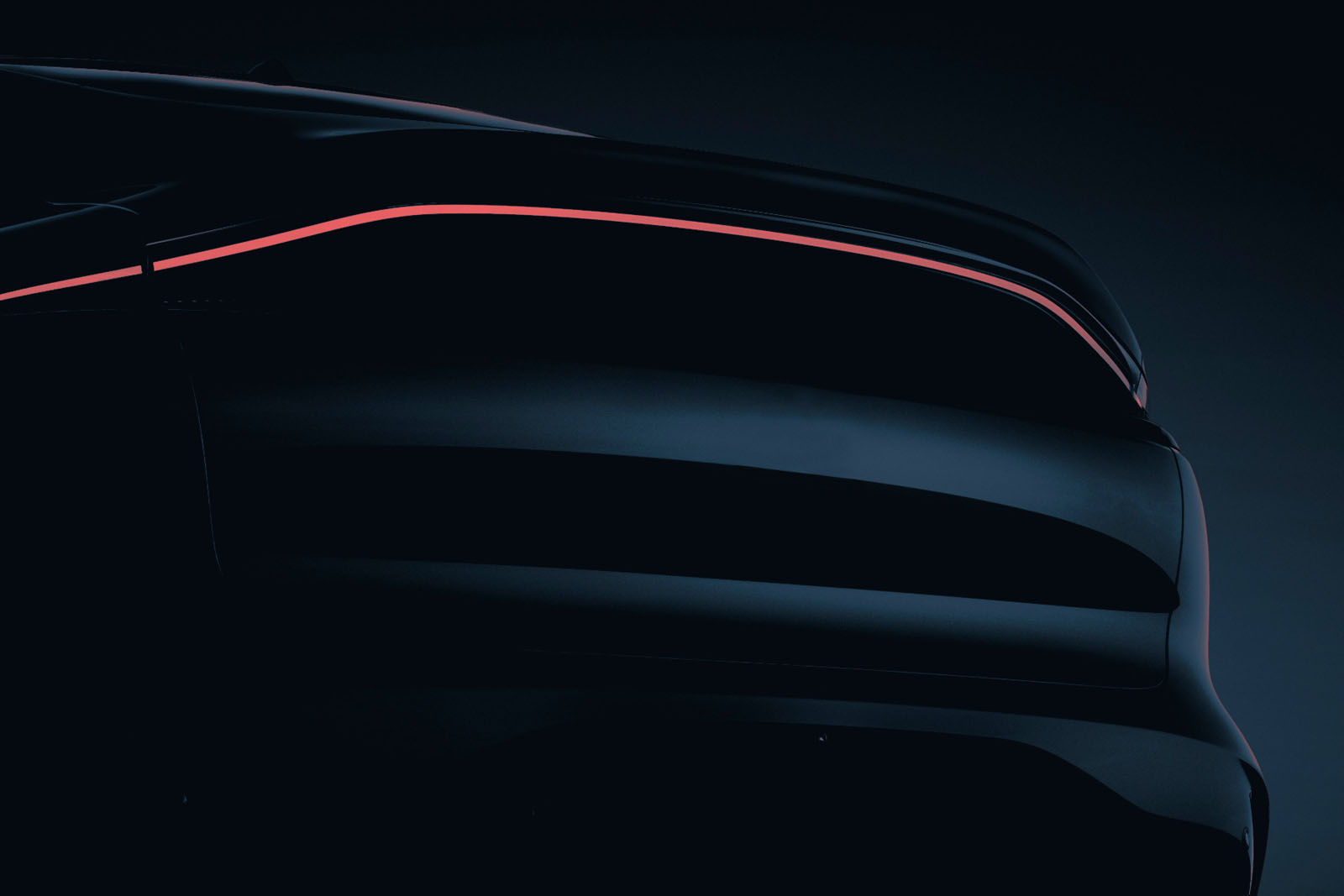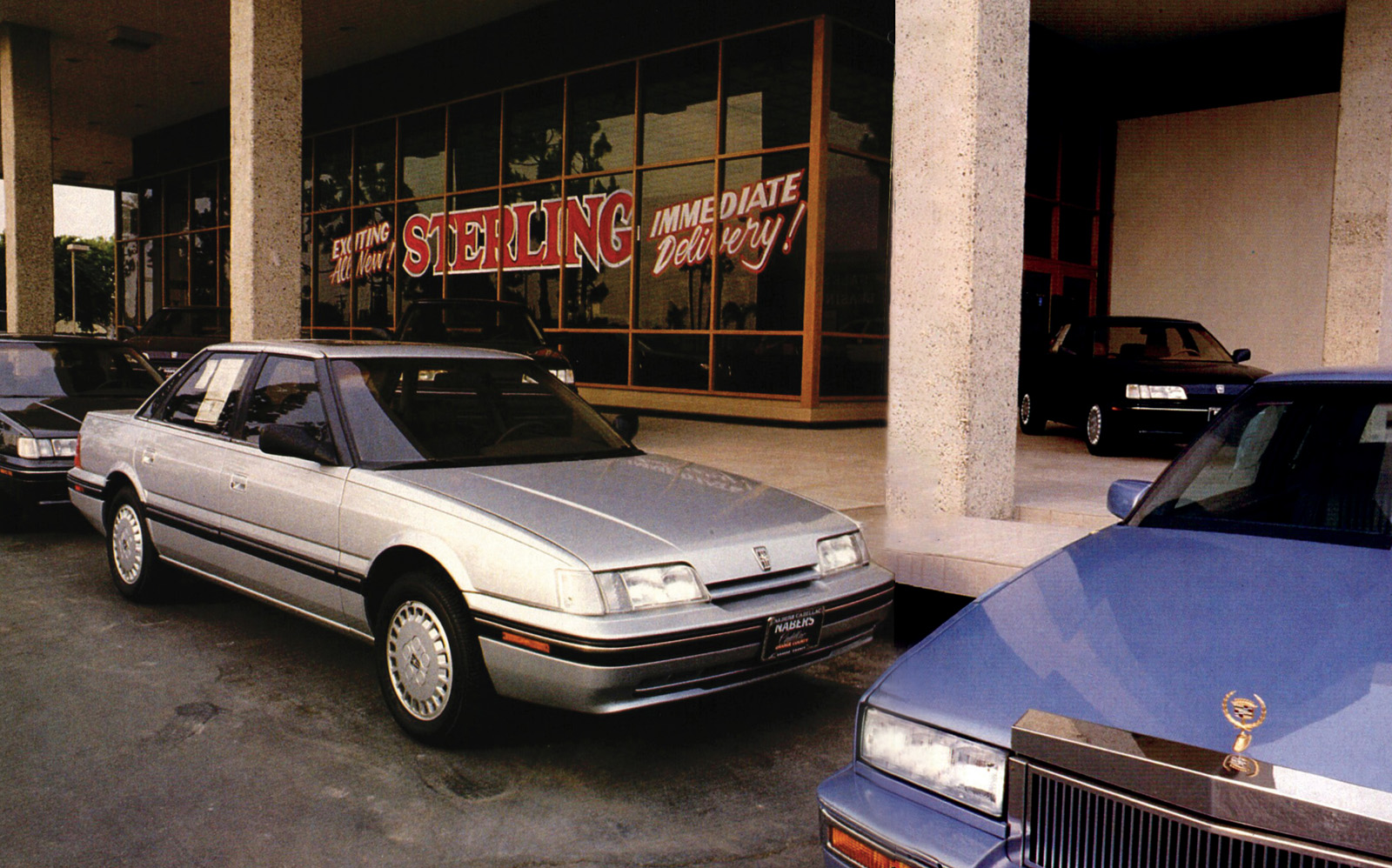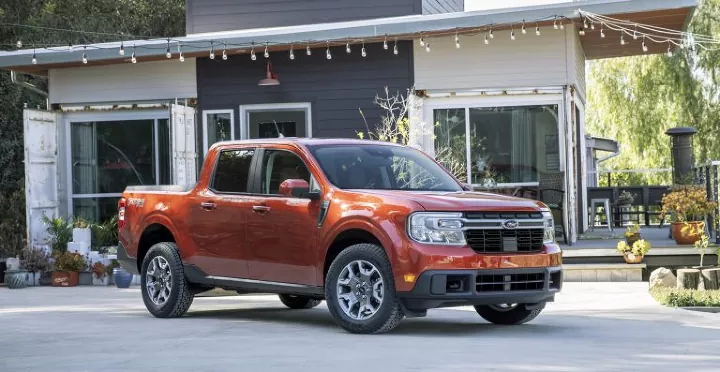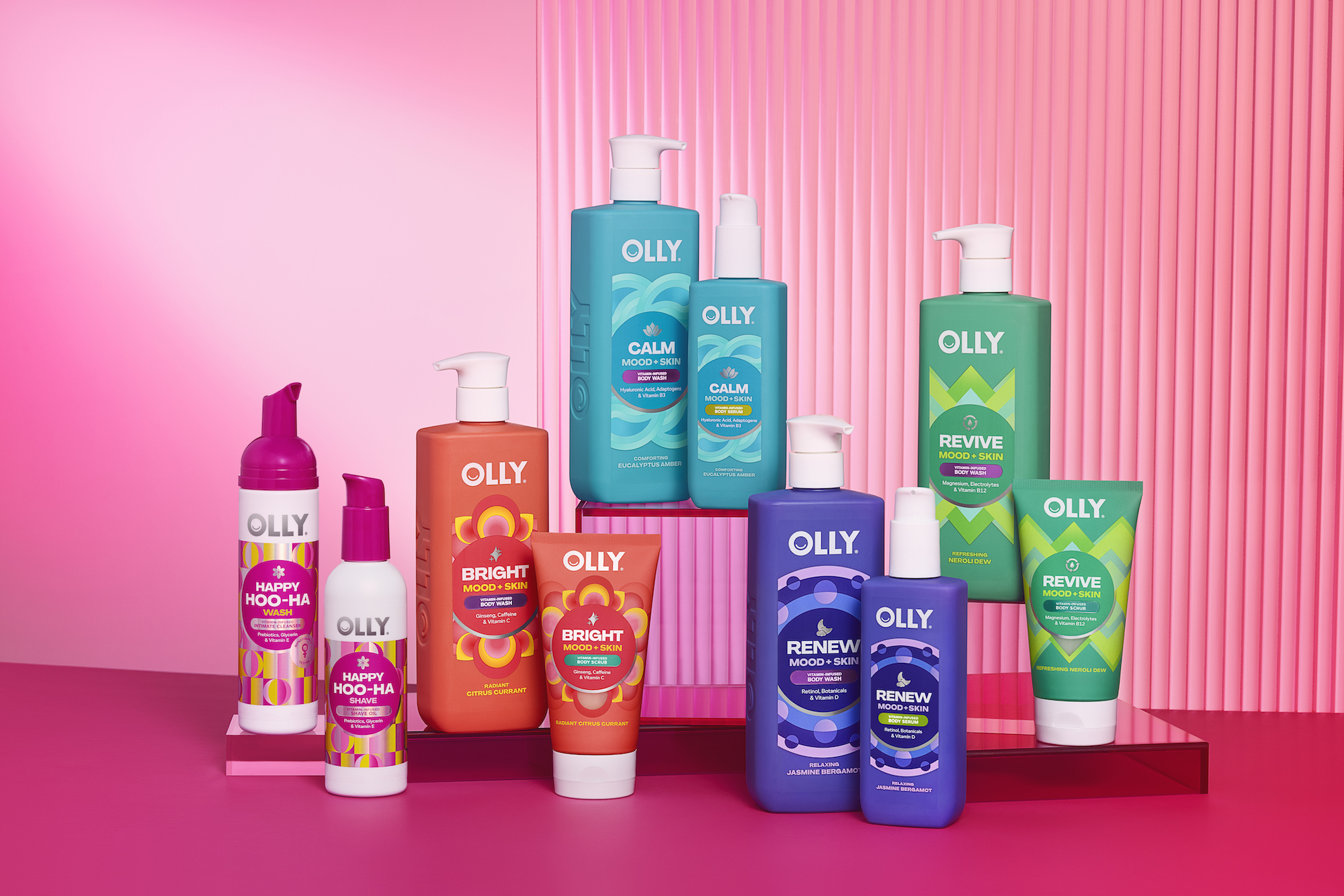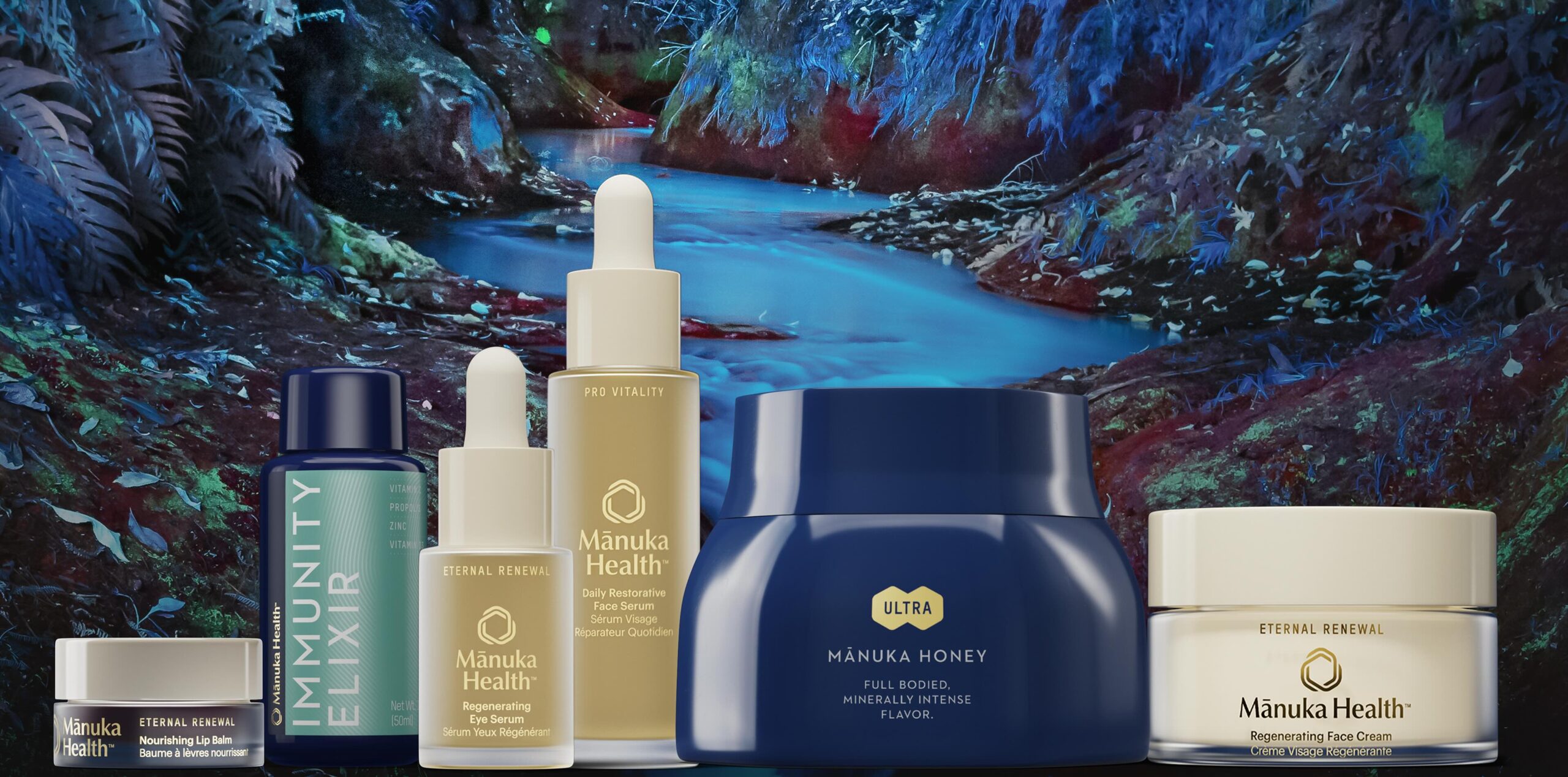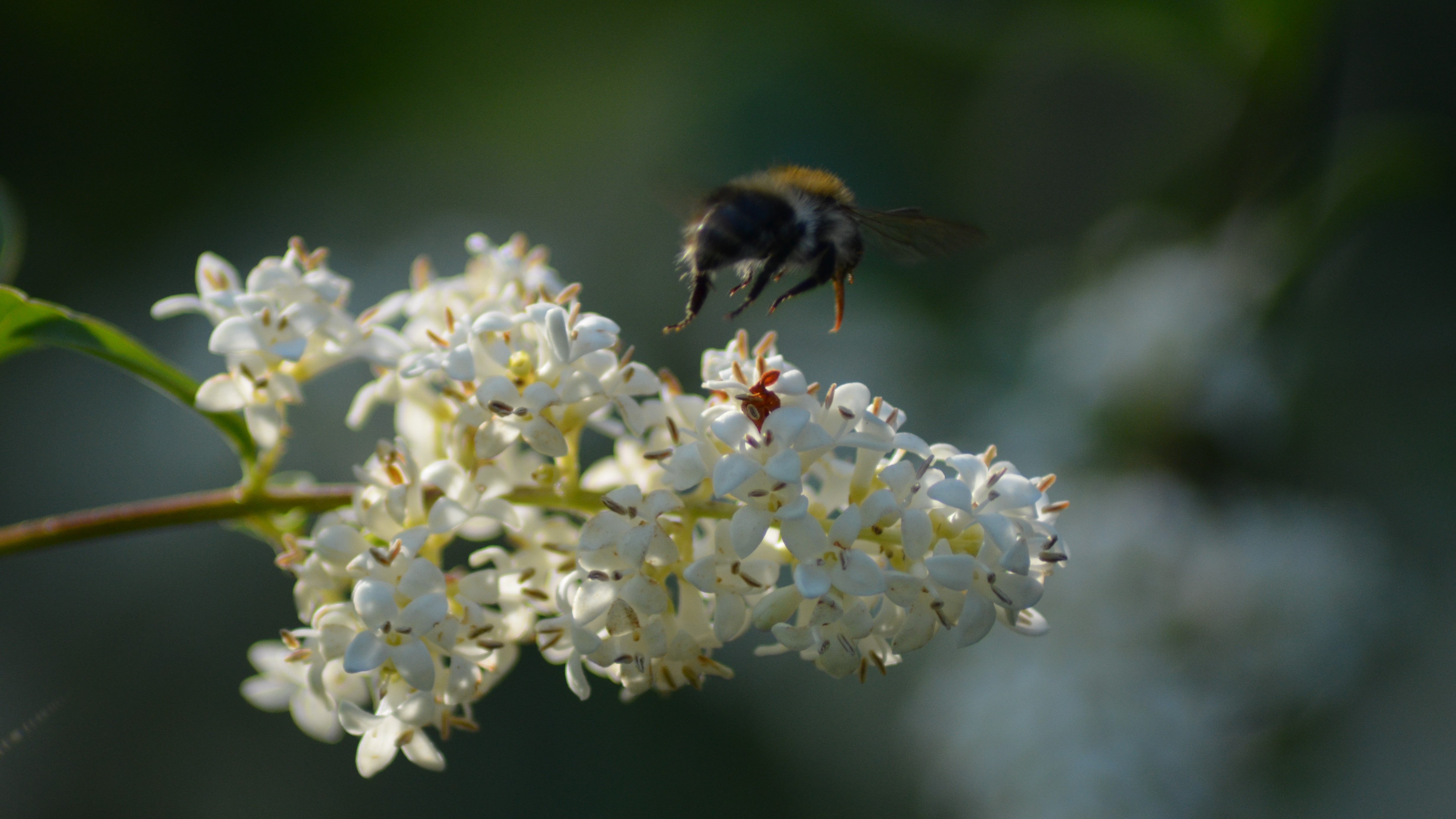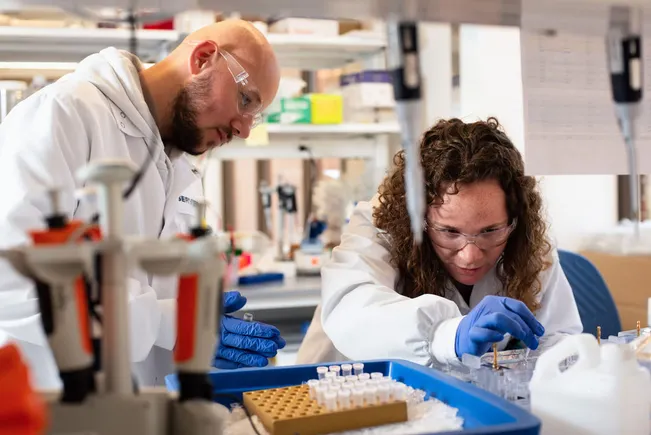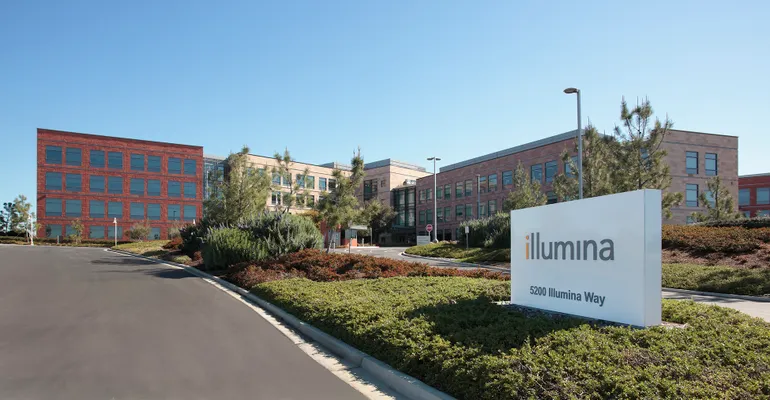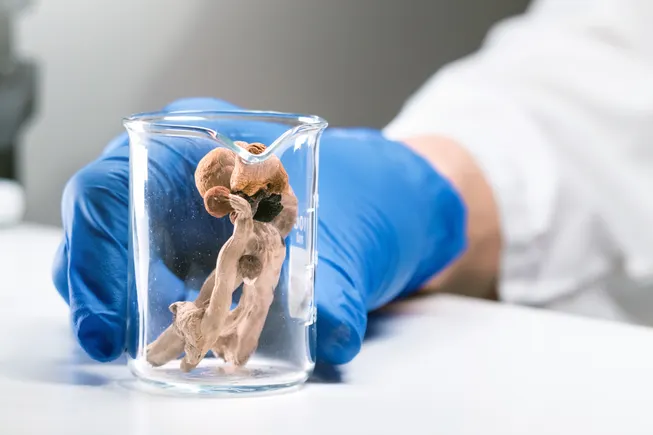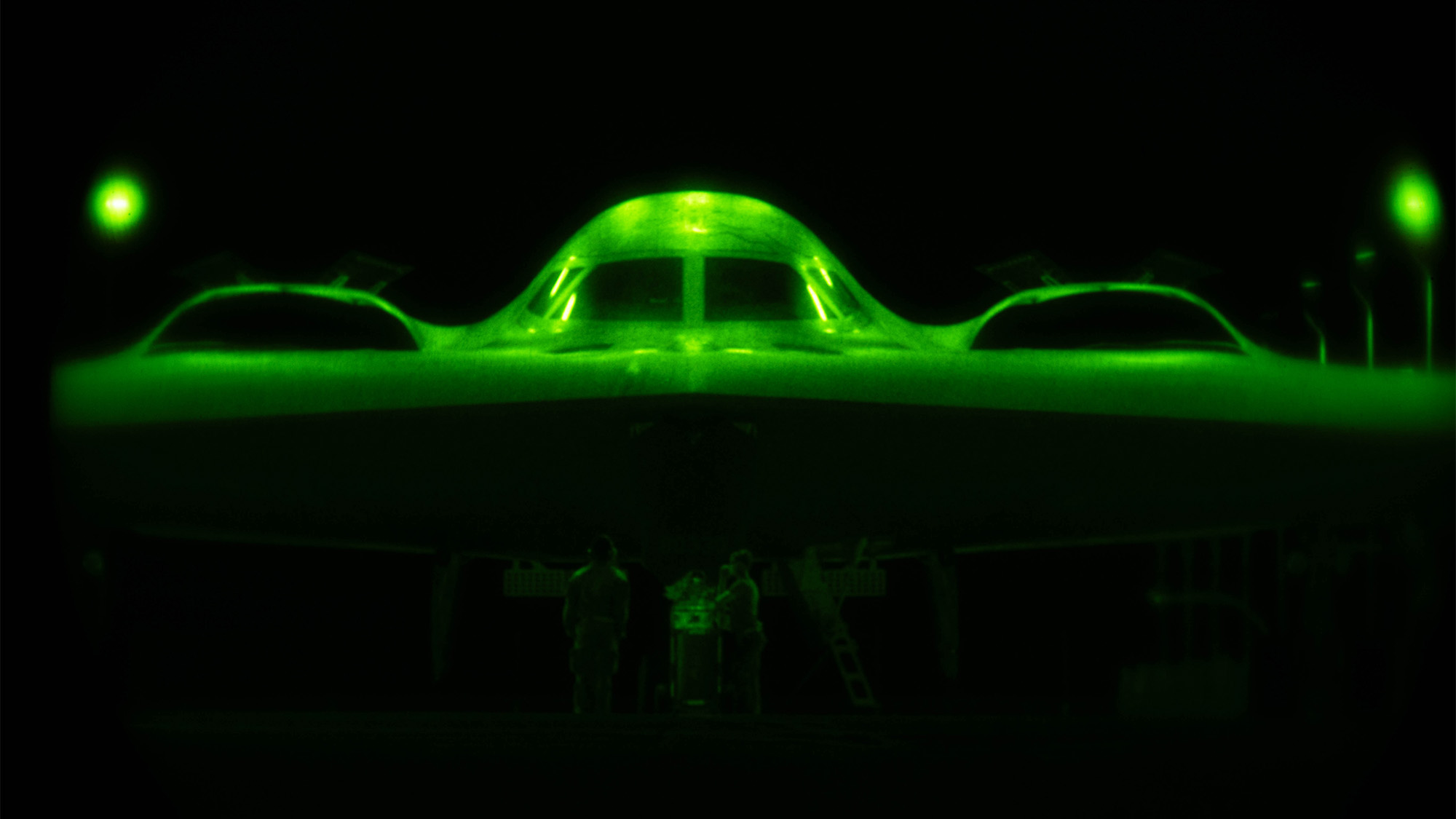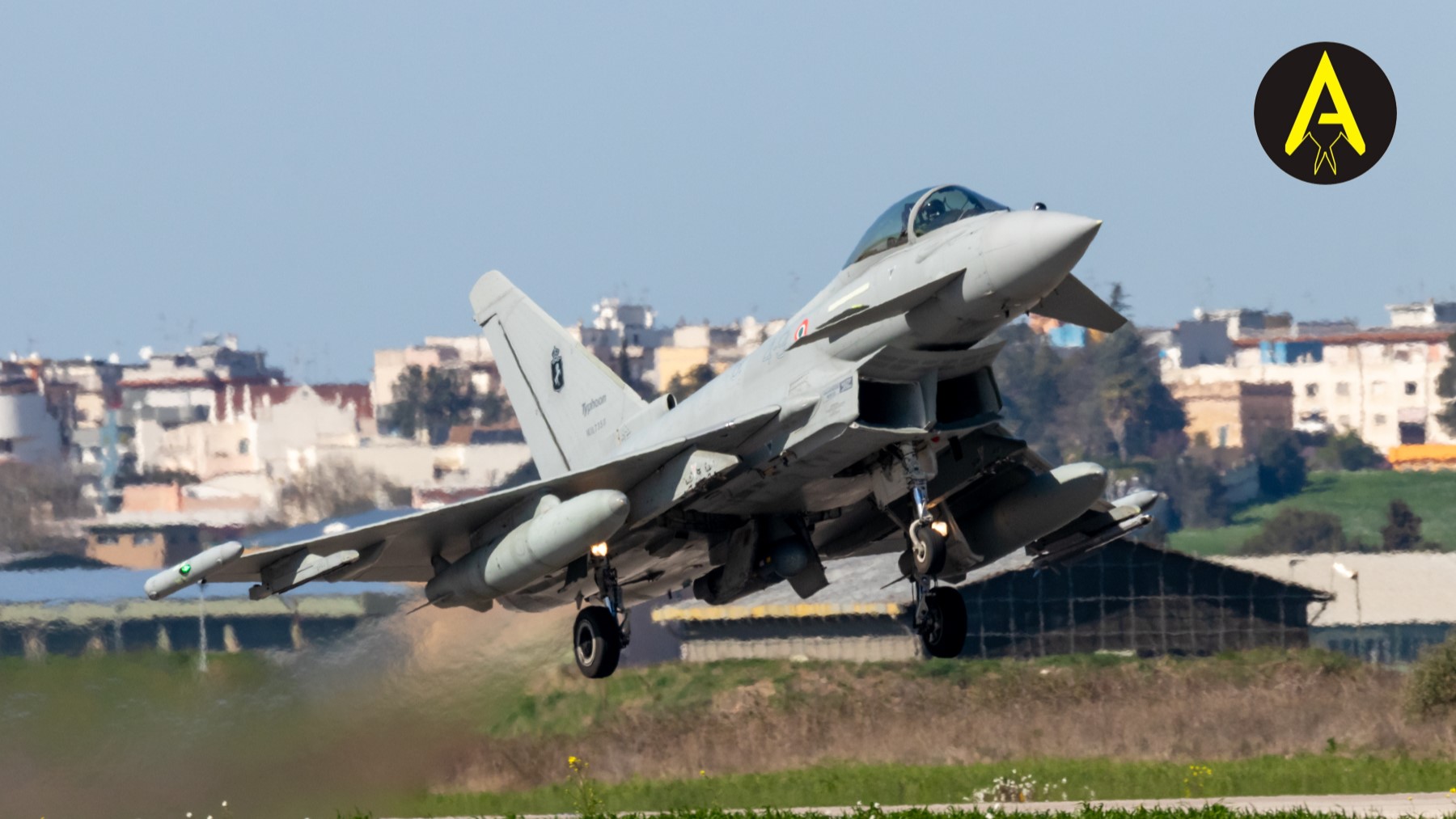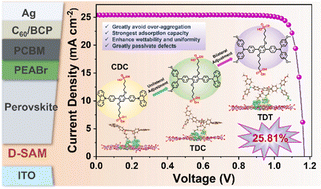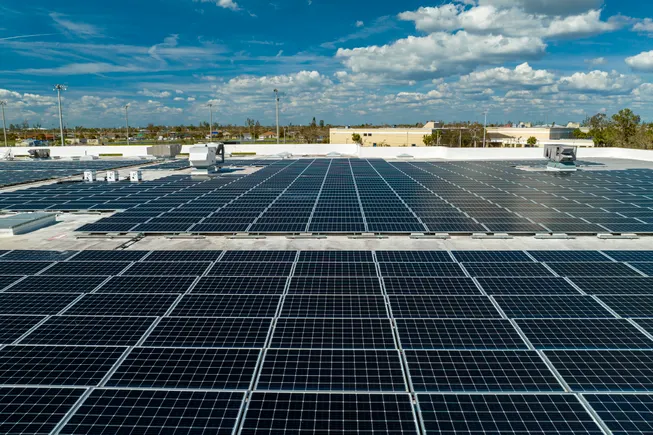The 10 Dreamiest Wineries to Visit in Provence
These beautiful wineries across Provence offer tastings, tours and immersive experiences that showcase the French region’s rich history. [...] Read More... The post The 10 Dreamiest Wineries to Visit in Provence appeared first on Wine Enthusiast.
Who doesn’t dream of visiting Provence? One of the world’s prettiest and most storied regions, this bucolic stretch of southern France has inspired artists like Vincent Van Gogh and Paul Cézanne, played home to fashion elite from Pierre Bergé to Simon Porte Jacquemus and drawn wine lovers from around the world. Rolling vineyards, pale stone farmhouses, sentinel cypress trees and lavender fields are hallmarks of this rural landscape, which is also dotted with ancient Roman structures and archeological sites.
Its quaint, historic cities and towns, including Avignon, Arles, Saint Rémy, Aix-en-Provence and L’Isle-sur-la-Sourgue, are perfect for languidly strolling and stopping in bakeries, restaurants, antique stores and, of course, wine shops.
The best times to visit Provence are the shoulder seasons—May through June and September through October—when the weather is warm but the crowds are much fewer than in mid-summer. If the famous lavender blooms are on your bucket list, they start blossoming at the end of June, peak in July and continue to grow through August—but staying in Provence during this period can be hot, busy and more expensive.
Whenever you decide to travel, no trip to Provence is complete without visiting one or more of the many wineries scattered across the idyllic countryside. The region divides its wine-making areas into several appellations or AOCs—several of which have a protected designation of origin (PDO) similar to Champagne. The three largest are Coteaux d’Aix-en-Provence, Coteaux Varois en Provence and Côtes de Provence, which has several sub-designations, while others including Luberon, Palette and Baux de Provence are also part of the wider Provence-Alps-Côte d’Azur.
Provence is renowned for its rosés, which vary in their minerality, aromas and flavors based on the soil conditions and microclimates across the region. You’ll find plenty of Grenache, Mourvèdre, Syrah, Cinsault and Tibouren grapes, as well as many other varieties across more than 600 cellars.
We’ve selected just ten of the most beautiful, fascinating and historic wineries to visit as a tourist. They offer tastings, tours and many more immersive experiences amid the beautiful backdrop of Provence.

Château La Coste
Art and architecture aficionados can’t miss this stunning collection of buildings, pavilions and installations from the who’s who of globally renowned artists and architects. Located north of Aix-en-Provence, Château La Coste is owned by the McKillen family (also of luxury hotels like Claridge’s and Connaught in London) who have slowly transformed the 200-hectare property into a vast sculpture park.
The main production facilities were designed by Jean Nouvel, while a restaurant by Tadao Ando, a music pavilion by Frank Gehry and an art gallery by Oscar Niemeyer are scattered across the site between artworks by Louise Bourgeois, Damien Hirst, Andy Goldsworthy and many more. Along with tours and tastings, which offer samplings of Chateau La Coste’s Syrah, Cabernet Sauvignon and Vermentino wines, visitors can book a self-guided art tour of the grounds that winds through the wooded hillsides.
Activities include an open-air cinema and a substantial program of art exhibitions, which this season includes a showcase of sculptures by Ralph Pucci held in the Oscar Niemeyer Auditorium.

Domaine de Fontenille
Tucked into the foothills of the Luberon massif, Domaine de Fontenille is a 17th-century château that houses a recently renovated boutique hotel and a restaurant that spills onto a scenic terrace. The winery is conveniently located just across the street, inside a small former agricultural structure that was reimagined to accommodate state-of-the-art production equipment.
The Domaine focuses on small-batch production of its signature Fontenille Red, a Grenache-Syrah blend, and rosé from Cinsault and Mourvèdre. The winery offers a three-hour blend master experience, which involves a tasting session followed by a crash-course on expertly blending wines from the Domaine’s varieties. Visitors can create their own personalized wine to bottle, label and take home (or drink later that day).

Château Henri Bonnaud
Ran by Stéphane Spitzglous, a third-generation winemaker who named the Domaine after his grandfather, Château Henri Bonnaud covers 14 of the Palette appellation’s compact 48 hectares. This small, secretive enclave produces wines specifically for aging, including Quintessence, the estate’s grand cuvée that was created in 2006.
The château itself was built by Spitzglous in 2011 and enjoys beautiful views of Sainte Victoire mountains to the north—frequently attracting photographers and landscape artists. (Impressionist Paul Cézanne captured it in a whole series of oil paintings.) Tastings and cellar visits can be reserved in advance, and three cottages, or gîtes, are available for guests who wish to stay overnight or longer.

Château Crémade
Château Crémade is a charming farmhouse-style property that’s much more intimate and laid-back than many of the other estates in the area. Also part of the Palette AOC, this winery prioritizes tradition and ancestral knowledge to produce just three wines: a red and a rosé that use the same grape blend, plus a white that’s primarily Clairette, Grenache Blanc and Ugni Blanc. Visitors can expect to be dazzled by the terracotta-tiled stone buildings, carved fountains and welcoming attitude of the team. Tastings are available from Wednesday to Saturday.

Château de la Gaude
This property outside of Aix-en-Provence has it all: a five-star hotel set in an 18th-century country house, a spa, four restaurants, immaculately kept French gardens and a cellar boasting uniquely designed vats. Thirteen hectares of vines are spread over 19 plots classified as AOC Coteaux d’Aix-en-Provence, and the grape varieties are primarily Grenache, Syrah, Cinsault, Cabernet Sauvignon, Rolle, Sémillon, Grenache Blanc and Clairette.
Both hotel guests and outside visitors to Château de la Gaude have options to book combinations of wine tastings, gastronomy experiences and wellness activities. Every Tuesday from 6:30 pm, the wine merchants and sommeliers prepare a special selection of wines, cocktails and tapas for those joining in the Caveau space for an event they call “L’Iveresse”—literally, “The Drunkeness.”

Mas des Infermières
For movie lovers, this wine cellar owned by director Ridley Scott leans heavily into a cinematic experience from start to finish. Scott’s family has spent their summers on the estate since 1992 and began producing their own wines in 2009. With expanses of Grenache and Syrah vines, this swath of the Luberon was once owned by the papacy, and takes its name from a pre-19th-century hospital said to have been run by Italian nuns.
The Scotts built a modern cellar on the property to facilitate winemaking in keeping with local practices. Along with its tasting room, Mas des Infermières has an exhibition dedicated to Scott’s movies, and his illustrations also adorn the different bottle labels. If you’re really enamored with the estate, there are several guest villas that can be booked for longer stays.

Domaine de la Vallongue
Nestled in the heart of the rugged Alpilles mountains, Domaine de la Vallongue’s 33 hectares of Grenache Blanc and Noir, Cinsault, Syrah, Cabernet Sauvignon, Counoise, Clairette and Rolle vines have been cultivated organically since 1985. They also produce their own olive oil and associated products such as tapenades and cosmetics.
Visitors are led along an alley of trees to the farmhouse courtyard and reflecting pool, and tastings take place in an old converted library space. For those looking to embark on a cross-regional tour, the producers also operate wineries in Saint Rémy, Tavel and Châteauneuf-du-Pape that are all within fairly easy driving distance.

Château d’Estoublon
On the southern slopes of Les Alpilles, this grand estate dates back as far as 1489 and has close ties to the nearby medieval hilltop town of Les Baux-de-Provence (which is also well worth a visit). Encompassing 300 hectares of olive groves and vineyards, Château d’Estoublon’s well-drained limestone soils are protected by mistral winds that keep the rain and cold off the vines, and grape varieties including Grenache Noir and Blanc, Syrah, Cabernet Sauvignon, Mourvèdre, Roussanne, Marsanne, Rolle, Cinsault and Counoise are all grown across the estate.
The winery is best known for its Roseblood cuvées, the most popular of which is a tangy, floral blend of Grenache, Syrah, Cinsault and Rolle. A range of different experiences—from intimate tastings to “The Big Picnic”—are available to visitors, while the 17th-century château building has 10 guest rooms and suites that make it popular for private events and wedding parties.

Domaine de Métifiot
The land upon which Domaine de Métifiot sits has been in the same family for several generations. In 2016, Benoît and Laurence Bateman inherited the fruit-growing business to continue their ancestors’ legacy of producing both grapes and olives. The winery is located close to the archeological site of the Roman city of Glanum, just outside Saint Rémy de Provence.
While the area is steeped in history, the cellar occupies a futuristic concrete building set into the hillside, with a glass-fronted tasting room perched on top. The Domaine produces a collection of single-varietal wines that includes a Viognier, a Chardonnay and a Syrah, as well as a series of blends that are designated as AOC Baux de Provence. The most immersive tasting experience includes a cellar tour and a pairing of the wines with local cheeses and charcuterie, all while taking in the panoramic views across the valley.

Château d’Esclans
You know it as the home of Whispering Angel: Château d’Esclans is one of the most famous rosé producers in the world, and it would be remiss not to include it in this list. Located in the heart of the Côtes de Provence area, a short drive north of Saint Tropez, the estate was acquired by Sacha Lichine in 2006 and now produces seven rosé wines under the majority ownership of LVMH. “Chateau d’Esclans is a beautiful estate, and the château, facility and tasting room are all over-the-top in the best way,” says Cody Wexler, Wine Enthusiast’s tasting manager who reviews wines from Provence. “The attention to detail is remarkable and visiting the estate really does feel luxurious.”
Lichine is still very much involved with the brand, and bookable private tours and tastings focus on his approach to viticulture and winemaking practices that birthed a “Rosé Renaissance” 16 years ago. The butter yellow château itself is of course beautiful, and anyone is invited to drop-in without a reservation for a 30-minute tasting and to explore the on-site shop during opening hours. Santé!
More Wine Travel Coverage:
- These five gorgeous American wine regions are vying to become the next Napa.
- But Napa will always be Napa, and these are the best Napa Valley wineries to visit right now.
- Here’s the definitive drinker’s guide to the Columbia River Gorge.
- These jet-setting fishing and drinking experiences will have you hooked.
- There’s never been a better time to visit Virginia wine country.

In the Shop
Flex Your Collection
Transform your home into a wine lover’s paradise with a custom wine cellar. From design to functionality, Wine Enthusiast can create the perfect storage solution.
The post The 10 Dreamiest Wineries to Visit in Provence appeared first on Wine Enthusiast.











